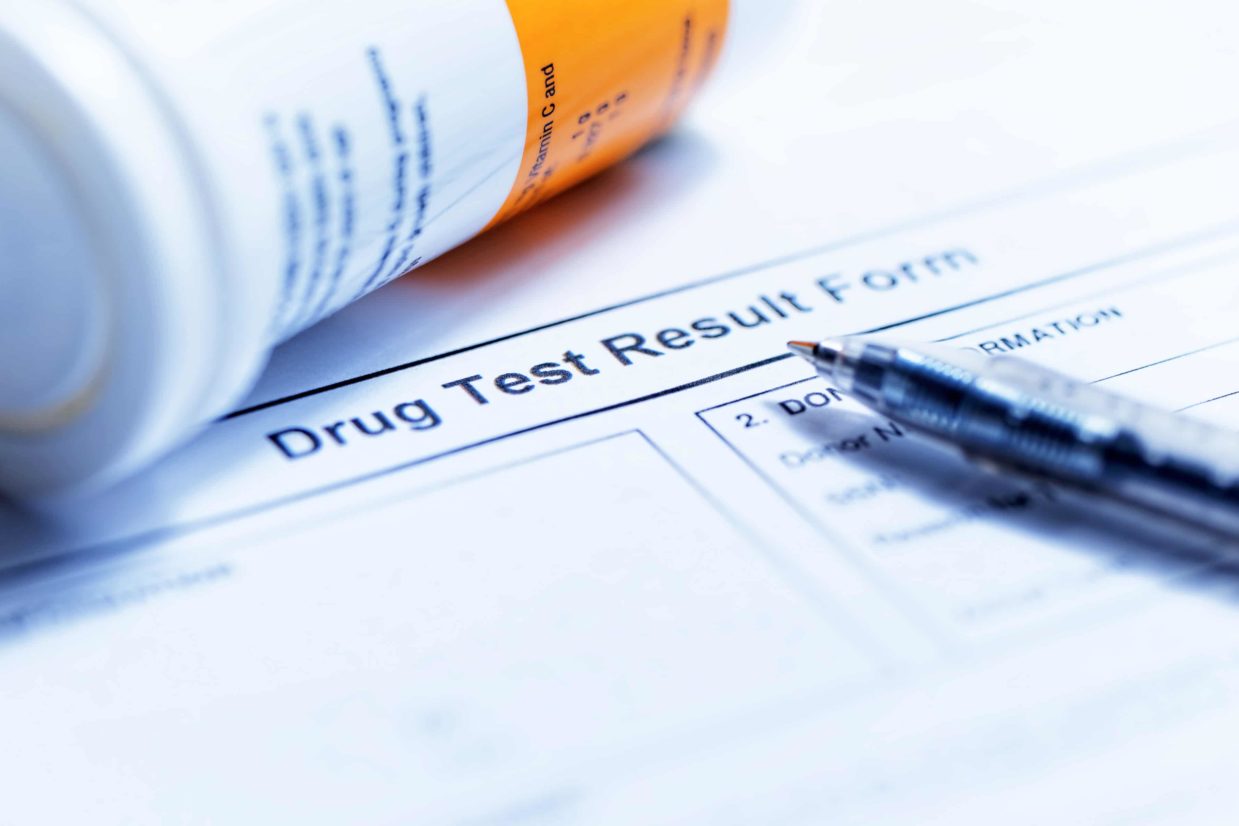A visit to either our Salt Lake City or Brigham City locations will reveal that we carry cannabis flower among our many product offerings. Patients buy flower with the intent to either dry heat it or use it as an ingredient in making cannabis edibles on their own. As far as edibles go, have you noticed that most recipes call for heating the flower by cooking it? If so, have you ever wondered why?
Heating accomplishes something known as decarboxylation. Medical cannabis processors in the state subject all their biomass to decarboxylation at some point. It is a necessary step in converting cannabis compounds to active medications. Leave decarboxylation out of the equation and medical cannabis is of very little value.
Cannabinoids As Acids
What is the most famous cannabinoid cannabis plants are known for? Tetrahydrocannabinol (THC). It is the cannabinoid that creates euphoric feelings in users alomng with many important therapeutic effects. But in its natural plant form, THC is actually an acid. We refer to it as THCA. THCA does have some medicinal effects in our endocannabinoid system but they are much different and more mild compared to THC.
To turn cannabinoid acid into active cannabinoids, you have to remove the carboxyl group from their molecular structure. The fastest, easiest, and most effective way to do that is to apply heat. Just for the record, burning biomass accomplishes decarboxylation on-the-fly. But since smoking medical cannabis is not allowed in Utah, other decarboxylation methods like dry herb vaporization have to be utilized.
Making Edibles at Home
Making cannabis edibles at home isn’t terribly complicated. Anyone who can follow a basic recipe can do it. Nearly all recipes require cooking cannabis flower in some way. Some recipes call for throwing it right in with the rest of the ingredients. Others call for heating it separately.
Regardless of the particular recipe, the goal is the same. Plant material is cooked in order to remove the carboxyl group and release carbon dioxide. Do both and you are left with active cannabinoids like THC, CBD, and CBG.
Some recipes yield better results than others. That being the case, you can buy specialized equipment for decarboxylating cannabis flower before adding to a recipe. But such equipment is not required to make your own edibles.
Dry Heating Cannabis Flower
Making edibles at home is just one way to use cannabis flower as a medicine. You can also dry heat it with a special kind of cannabis vaporizer. This particular device heats the flower to a temperature high enough to decarboxylate the cannabinoids, but not high enough to induce combustion. Dry heating is a handy way to medicate if you need the effects of your medication to kick in quickly.
As a side note, do not confuse dry heating with vaping. Dry heating is often called vaping because it produces a vapor rather than smoke. However, the strictest definition of the term applies vaping to using liquid products. Our medical cannabis vaping cartridges are the perfect example. A more correct term for dry heating might be dry herb vaporization.
Vaping cartridges are cannabis oil extracted from the plant by a manufacturer along with small amounts of added terpenes. The liquid is heated by an electrically-powered atomizer to produce the vapor you inhale. No decarboxylation takes place here. Why? Because the processor took care of decarboxylation during the manufacturing process. The heat is just required to turn the oil to vapor and not activate or decarboxylate your product.
Decarboxylation is a required step for transforming cannabinoid acids into active cannabinoids. When making cannabis edibles at home, you decarboxylate by heating the plant material at some point. Heating is not a step you can skip if you hope to enjoy the maximum benefits from your medicine.



